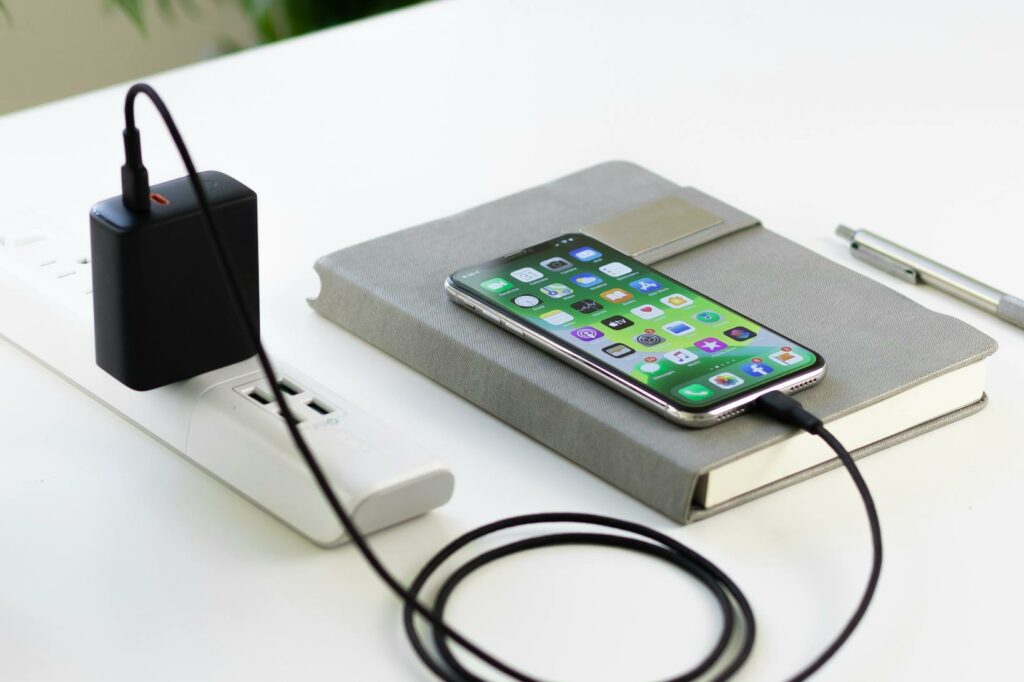In the bustling digital age, mobile apps have become our daily companions. They’ve revolutionized the way we interact, work, and play. But what makes an app truly stand out from the crowd? It’s all in the design.
Mastering the art of mobile app design isn’t just about aesthetics; it’s about creating an intuitive, user-friendly experience that keeps people coming back. From understanding the principles of design to the importance of testing, this article will delve into the fascinating world of mobile app design.
Mobile Apps Design
Grasping mobile apps design’s complexities presents a new approach to improving user experience. This segment will delve into its significance and fundamental concepts.
The Importance of Great Design in Mobile Apps

Great design in mobile apps makes a pivotal difference. It directly influences user engagement, drawing decisions such as app adoption, retention, and abandonment. For instance, meticulous design arouses users’ curiosity, paving a more positive experience and creating a powerful impression clamped in their minds. Likewise, a well-considered, practical design drives an app’s usability, making it more satisfying and easier to navigate for users. This resonates with the truism that design isn’t merely a visual aspect; it’s a key determinant of an app’s success.
Key Principles of Mobile Apps Design
Mobile apps design rests on several key principles. These aren’t confined to aesthetic attributes but extend to functionality, as well as adaptability. Here is a brief primer on these principles:

- Simplicity: Simplistic design creates an easy-to-use interface, where users can interact without difficulties – think Instagram’s or Facebook’s usability.
- Consistency: Execution of consistently patterned design elements, such as buttons and fonts, makes for better engagement by generating a sense of familiarity – a quality found across Google’s suite of apps.
- Responsiveness: Responsive designs ensure optimal performance across varied devices, regardless of screen size – an approach adopted by Spotify and YouTube.
- Intuitiveness: Intuitive designs, where users implicitly comprehend navigation and features, result in better user experience – just like Airbnb’s mobile app.
These principles underscore the core of creating engaging, effective mobile apps that resonate with users’ needs and expectations.
Exploring Different Aspects of Mobile Apps Design
Mobile App Design involves intricate planning, with distinct aspects contributing to the final output. Let’s delve into the aspects that play crucial roles in molding a successful mobile application.
User Interface (UI) Design

UI Design stands at the forefront of Mobile Apps Design. The focus lies in creating an aesthetically pleasing interface that resonates with users. It includes the selection of colors, fonts, images, formatting strings, and placement of buttons and icons. Effective UI Design accounts for clarity, meaning every icon, and buttons carry specific purpose, leaving no room for ambiguity. For instance, Facebook opts for minimalistic design with universal icons, making it accessible to a diverse user base.
User Experience (UX) Design
UX Design prioritizes the overall feel of the application, striving to enhance user satisfaction. This aspect encompasses usability, functionality, and user interaction detailing. An exquisite UX design ensures smooth navigation, quick load times, and intuitiveness. Here, thorough testing plays a vital role, as user feedback aids in identifying potential issues and areas of enhancement. Instagram exemplifies proficient UX design, providing a seamless browsing experience with intuitive functions.
Graphic Design for Mobile Apps

Graphic Design adds visual appeal to the application, refining the look and feel of the interface. It involves designing app logos, icons, themes, and animations that complement the overall design language. The challenge lies in creating compelling graphics that align with the app’s purpose while maintaining simplicity. For instance, an educational app like khan academy uses minimal and relevant graphics to keep distractions to a minimum and promote a conducive learning environment.
Personalized Experiences
Mobile app design’s significance can’t be overstated. It’s not just about creating a visually pleasing app; it’s about delivering an intuitive, user-friendly experience. It’s the understanding and application of design principles, coupled with rigorous testing, that leads to successful apps. It’s about striking a balance between aesthetics, functionality, and adaptability, all while keeping user needs and expectations at the forefront.
Designing an app involves several stages, from conceptualization and research to wireframing, prototyping, and final design. Tools like Sketch, Adobe XD, and InVision are instrumental in this process, enabling designers to create interactive prototypes and streamline the design process.

